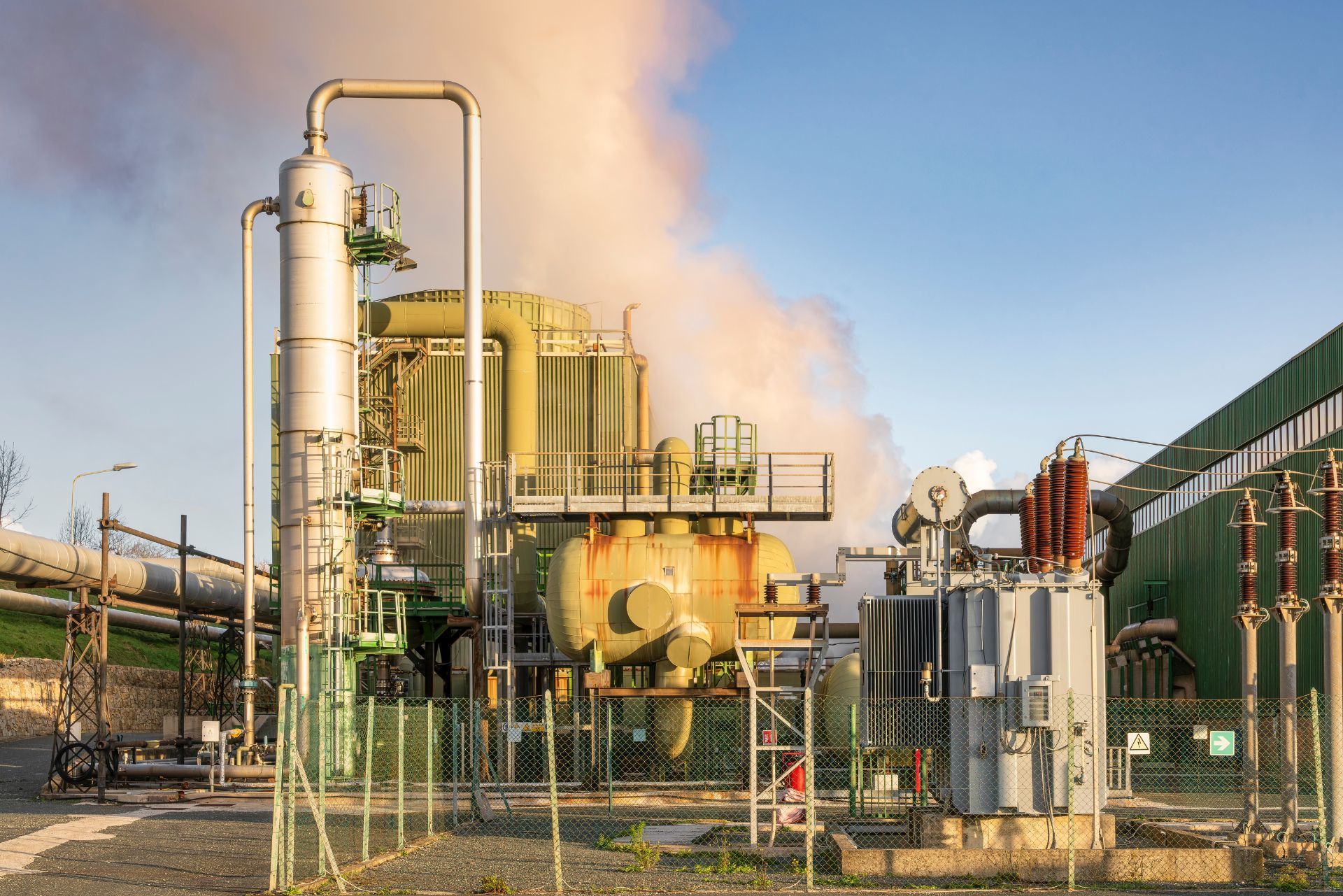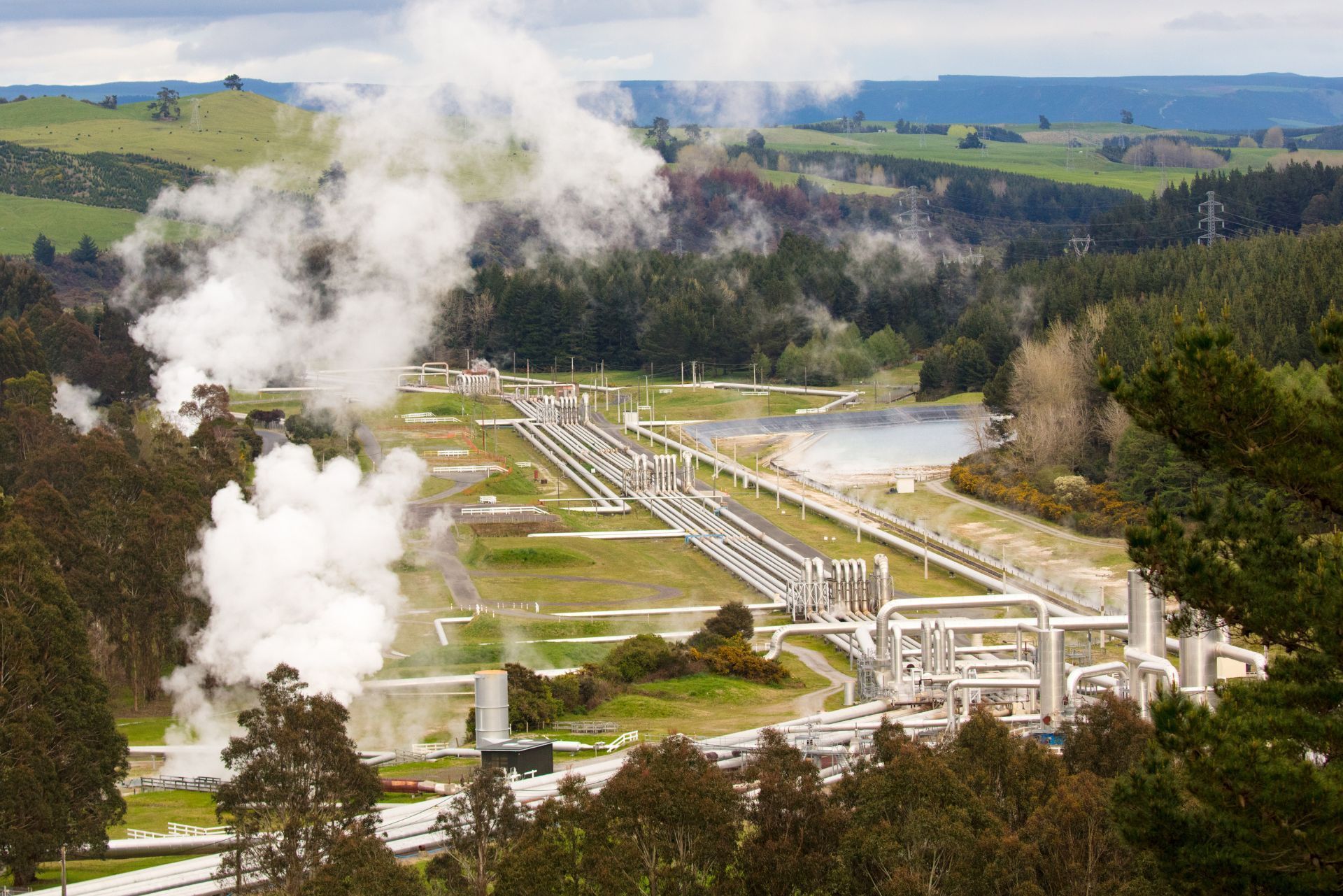Top 3 Recommended Policies

As the global energy landscape shifts towards sustainable and renewable sources, geothermal energy is emerging as a key player. With its ability to provide consistent, low-emission power, geothermal energy is gaining traction worldwide. However, like any large-scale energy project, it carries unique risks that developers and operators must carefully manage. Insurance tailored specifically for geothermal projects has become essential to mitigate these risks and ensure project viability.
This comprehensive guide explores everything geothermal energy developers and operators need to know about insurance—from the nature of risks involved to the types of coverage available and recent industry trends shaping this evolving market. By understanding these aspects, stakeholders can better protect their investments and contribute to the growth of this promising energy sector. For context, the global geothermal industry is projected to grow at a compound annual growth rate (CAGR) of 11% through 2026, underscoring the increasing importance of risk management in this field ZipDo Education Reports 2024.
Understanding the Risks in Geothermal Energy Projects
Geothermal energy projects involve complex processes that expose developers and operators to a variety of risks. These risks can be broadly categorized into exploration, drilling, operational, environmental, and financial risks. Each category presents its own challenges that insurance policies need to address.
Exploration and drilling are particularly high-risk phases. Drilling costs can reach up to €80,000 per day, making any delays or failures extremely costly. Matthias Tönnis, a geologist at Munich Re, emphasizes the critical role of comprehensive risk assessment during these stages to avoid financial losses and project setbacks Munich Re. The unpredictability of subsurface conditions can lead to dry wells or lower-than-expected thermal output, directly impacting project feasibility. Furthermore, the geological surveys and seismic studies required prior to drilling can be both time-consuming and expensive, adding another layer of complexity to the planning phase.
Operational and Environmental Risks
Once a geothermal plant is operational, it faces risks related to equipment failure, reservoir depletion, and environmental compliance. Geothermal fluids can be corrosive and abrasive, accelerating wear and tear on turbines and pipelines. Moreover, operators must navigate strict environmental regulations to prevent contamination of groundwater and manage induced seismicity risks. The management of these risks is crucial, as any oversight can lead to significant operational disruptions and reputational damage.
Environmental incidents not only pose ecological threats but also can lead to costly shutdowns and legal liabilities. Insurance products tailored to geothermal operations often include coverage for environmental damage and business interruption to mitigate these exposures. Additionally, the long-term sustainability of geothermal resources is a growing concern; as reservoirs are tapped, careful monitoring and management are essential to ensure that the geothermal energy remains viable for future generations. This includes implementing advanced technologies for resource replenishment and monitoring, ensuring that the benefits of geothermal energy can be enjoyed without compromising environmental integrity.

Types of Insurance for Geothermal Energy Developers and Operators
Given the multifaceted risks, geothermal energy projects require a comprehensive insurance strategy. The insurance market for geothermal energy in Europe alone was valued at approximately USD 1.47 billion in 2024, representing about 35% of the global market, illustrating the sector’s growing recognition of risk management needs Growth Market Reports.
Exploration and Drilling Insurance
This insurance covers the initial phases of geothermal project development, including geological surveys and drilling operations. It protects against risks such as dry wells, blowouts, and equipment damage during drilling. Given the high daily costs of drilling, this coverage is crucial to limit financial exposure if the project encounters unexpected subsurface conditions. Moreover, the complexities involved in geothermal drilling often require specialized equipment and expertise, making the financial stakes even higher. As such, developers must ensure they have adequate coverage to address potential delays and additional costs that may arise from unforeseen geological challenges, which can significantly impact project timelines and budgets.
Construction and Erection All Risks (CAR/EAR) Insurance
Once drilling is successful, the construction phase begins. CAR/EAR insurance protects against physical loss or damage to plant and equipment during construction and installation. It also covers third-party liabilities arising from construction activities, which is essential given the scale and complexity of geothermal plants. The construction phase can be particularly vulnerable to accidents and unforeseen events, such as extreme weather conditions or supply chain disruptions. Therefore, having robust CAR/EAR coverage not only safeguards the project assets but also provides peace of mind to investors and stakeholders, ensuring that the project remains on track despite potential setbacks.
Operational Insurance
After commissioning, operational insurance policies cover risks such as equipment breakdown, business interruption, and environmental liabilities. These policies help operators manage the ongoing challenges of maintaining plant efficiency and complying with environmental standards. Since geothermal plants often operate continuously for decades, this coverage is vital for long-term risk mitigation. Additionally, operational insurance can include coverage for cyber risks, which are becoming increasingly relevant as geothermal plants adopt more advanced technologies and digital monitoring systems. This aspect of insurance is crucial in protecting against potential data breaches or system failures that could disrupt operations and lead to significant financial losses.
Environmental and Liability Insurance
Due to the potential environmental impacts of geothermal operations, specialized liability insurance is often necessary. This coverage addresses pollution liability, induced seismicity claims, and remediation costs. It ensures that operators can respond effectively to environmental incidents without jeopardizing their financial stability. Furthermore, as regulatory frameworks around environmental protection become more stringent, having comprehensive environmental insurance is not just a safeguard but also a competitive advantage. It demonstrates to regulators, investors, and the public that the operator is committed to responsible environmental stewardship, which can enhance the project's reputation and facilitate smoother regulatory approvals.
Emerging Trends and Technological Advances Impacting Insurance Needs
The geothermal industry is evolving rapidly, driven by technological innovations and hybrid energy systems. These developments are reshaping risk profiles and insurance requirements for developers and operators.
One notable advancement is the integration of geothermal-solar hybrid systems. Research has shown that using solar collectors to preheat geothermal fluids can enhance energy reliability and efficiency, potentially reducing operational risks Frontiers in Built Environment. This hybrid approach may also influence insurance underwriting by altering the risk landscape associated with energy production variability. Furthermore, the synergy between geothermal and solar technologies not only optimizes resource utilization but also contributes to a more sustainable energy ecosystem, which is increasingly appealing to investors and stakeholders concerned about environmental impact.
Next-Generation Geothermal Systems
Next-generation geothermal technologies, including enhanced geothermal systems (EGS), hold the promise of vastly expanding geothermal capacity. According to the International Energy Agency, these systems could generate electricity sufficient to meet global demand 140 times over, highlighting their transformative potential International Energy Agency.
In the United States, McKinsey & Company projects that next-generation geothermal energy could supply up to 100 gigawatts of power by 2050, with around 40 gigawatts expected by 2035 McKinsey & Company. These ambitious targets will require insurers to adapt their products to new risk profiles, including those related to innovative drilling techniques and reservoir stimulation methods. Additionally, as these technologies become more mainstream, the need for comprehensive risk assessment tools will be paramount, allowing insurers to accurately evaluate the potential hazards associated with these advanced systems, such as induced seismicity and subsurface fluid migration.
Moreover, the shift towards digitalization in the geothermal sector is also noteworthy. The adoption of data analytics, machine learning, and IoT devices is enabling real-time monitoring and predictive maintenance of geothermal plants. This technological shift not only enhances operational efficiency but also provides insurers with valuable data that can help in refining risk models and developing tailored insurance products. As operators become more adept at managing their assets through advanced technology, the insurance landscape will inevitably evolve to better reflect these capabilities, ensuring that both developers and insurers are equipped to navigate the complexities of modern geothermal energy production.
Geographical Considerations in Geothermal Insurance
The location of geothermal projects significantly influences insurance needs and costs. The United States leads globally in geothermal electricity generation capacity, with over 3,500 MW installed, reflecting a mature market with established insurance frameworks ZipDo Education Reports 2024. This extensive capacity not only underscores the reliability of geothermal energy as a renewable source but also highlights the importance of tailored insurance products that address the unique risks associated with geothermal operations, such as drilling challenges and resource sustainability.
In contrast, emerging markets may face higher insurance premiums due to less predictable geological conditions and regulatory environments. For instance, countries in Southeast Asia, which are rich in geothermal resources, often grapple with a lack of historical data and experience in risk assessment, leading insurers to adopt a more cautious approach. Europe’s substantial share of the geothermal energy insurance market demonstrates growing confidence in the region’s geothermal potential, supported by robust regulatory oversight and technological expertise. This confidence is further bolstered by collaborative efforts between governments and private sectors to enhance geothermal exploration and development, which in turn fosters a more stable insurance landscape.
Additionally, the geographical diversity of geothermal resources means that insurers must consider various factors such as seismic activity, volcanic risks, and environmental regulations that can vary significantly from one region to another. For example, regions with high seismic activity may require specialized coverage that accounts for potential damage to infrastructure, while areas with stringent environmental laws might necessitate insurance that covers compliance-related liabilities. As the geothermal sector continues to evolve, the interplay between geography and insurance will remain a critical consideration for stakeholders aiming to mitigate risks and ensure the sustainable growth of this renewable energy source.

Why Comprehensive Insurance is Critical for Geothermal Projects
Given the high capital intensity and technical complexity of geothermal projects, insurance is not just a safety net but a strategic necessity. Comprehensive insurance coverage helps secure financing by reducing lender risk, supports project continuity by mitigating operational interruptions, and safeguards against environmental liabilities that could otherwise lead to costly legal battles.
Moreover, as the industry advances with hybrid systems and next-generation technologies, insurance providers must continuously innovate to address emerging risks. For developers and operators, partnering with insurers who understand the unique challenges of geothermal energy is essential for long-term success.
In addition to the financial aspects, comprehensive insurance can also enhance the credibility of geothermal projects in the eyes of stakeholders, including investors, regulators, and the local community. When a project is backed by robust insurance coverage, it signals a commitment to responsible management and risk mitigation, fostering trust and support from all parties involved. This is particularly important in regions where geothermal energy is still gaining acceptance, as public perception can significantly impact project viability and community relations.
Furthermore, the dynamic nature of geothermal energy production, which can involve drilling operations, reservoir management, and the integration of renewable technologies, necessitates a tailored approach to risk assessment. Insurers are increasingly leveraging data analytics and modeling techniques to better understand the specific risks associated with geothermal projects, allowing them to offer customized solutions that align with the unique operational profiles of each project. This proactive approach not only helps in managing current risks but also prepares developers for unforeseen challenges that may arise as the technology and market landscape evolve.
Conclusion
Geothermal energy offers a promising path toward a sustainable energy future, but it comes with distinct risks that require specialized insurance solutions. From exploration and drilling to operation and environmental management, insurance plays a pivotal role in protecting investments and enabling growth in this dynamic sector.
As the global geothermal market expands—with projections of an 11% CAGR through 2026—and technological innovations unlock new potential, the importance of tailored insurance coverage will only increase. Developers and operators who prioritize comprehensive risk management will be best positioned to capitalize on the opportunities geothermal energy presents.
Contact Us
Phone
Location
9595 Six Pines Dr, Suite 8210, The Woodlands, TX 77380

